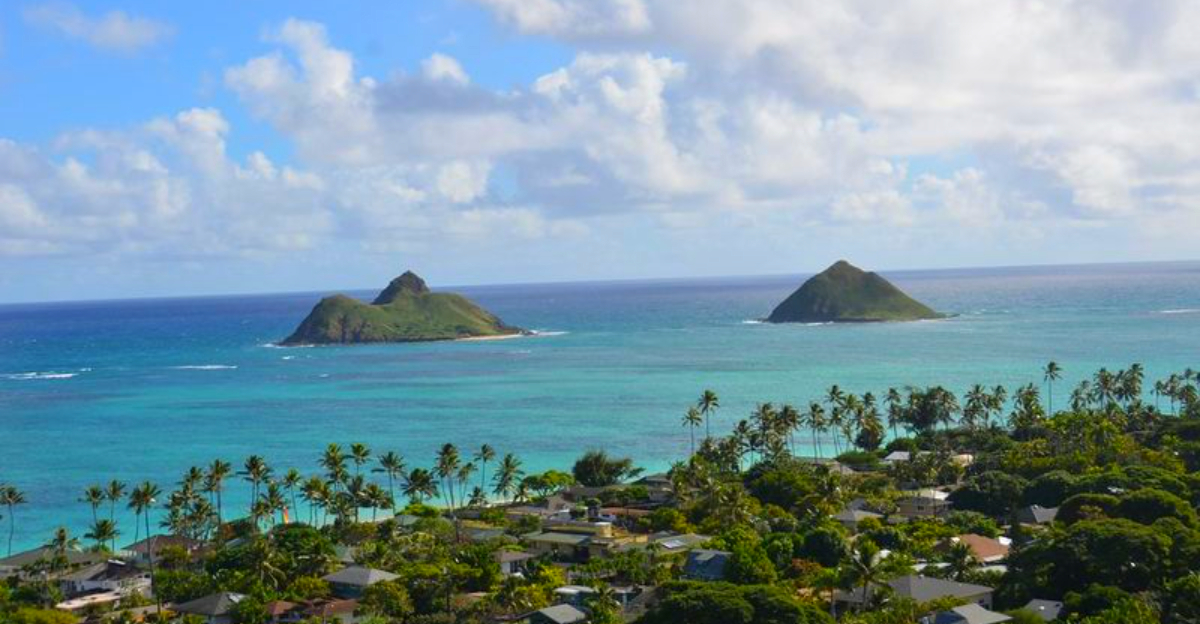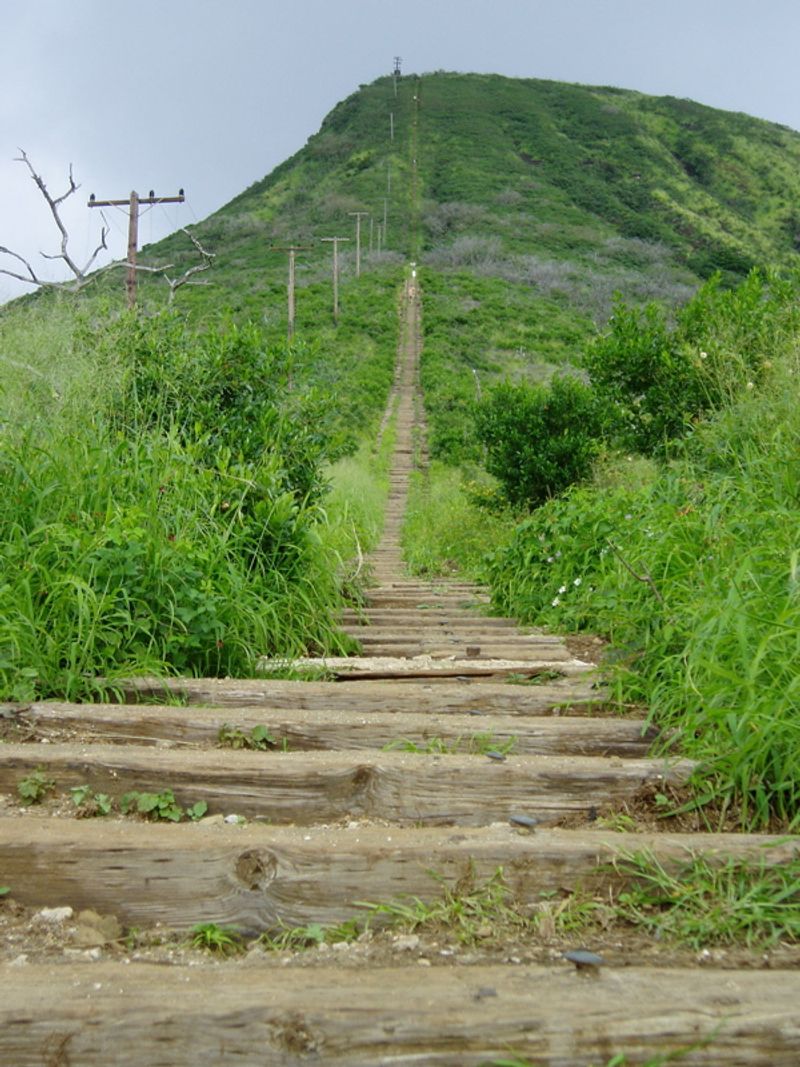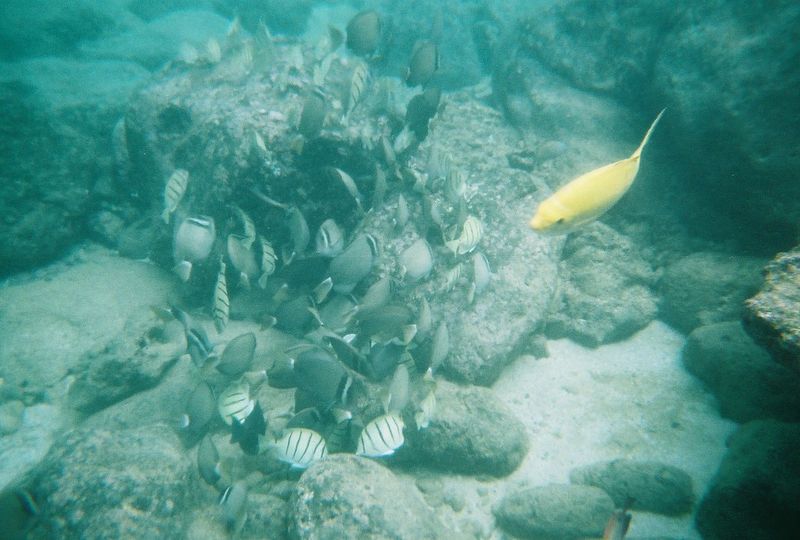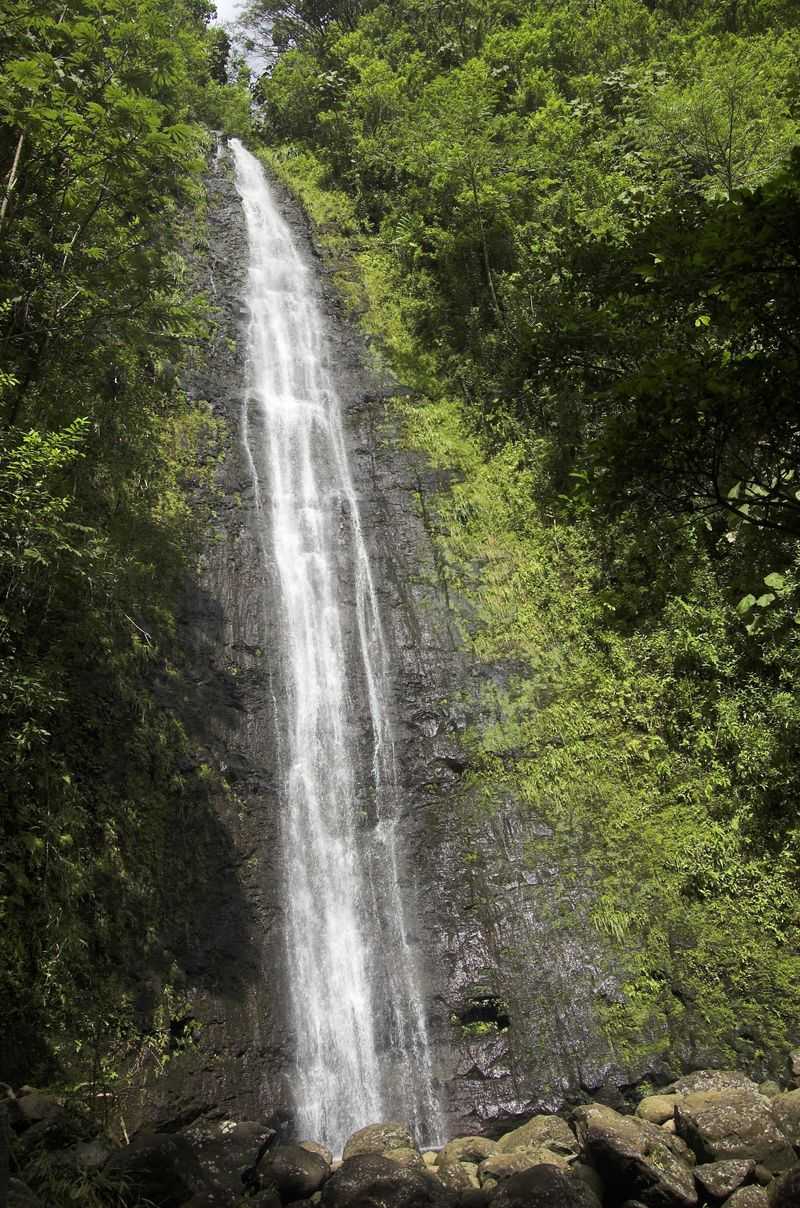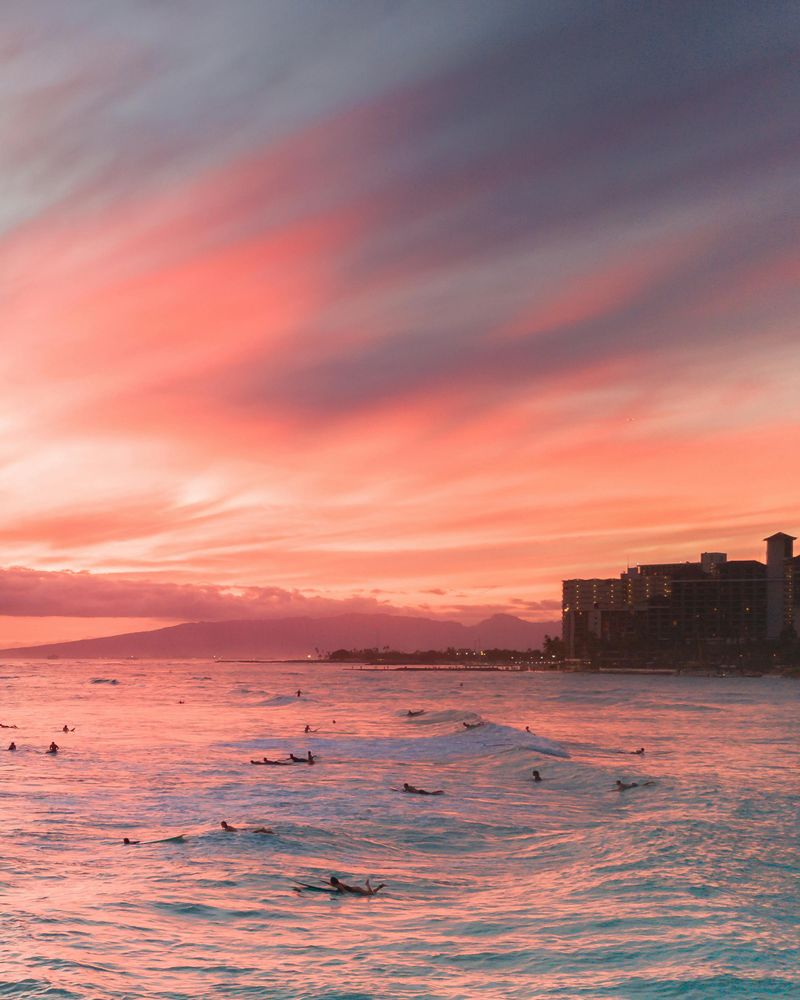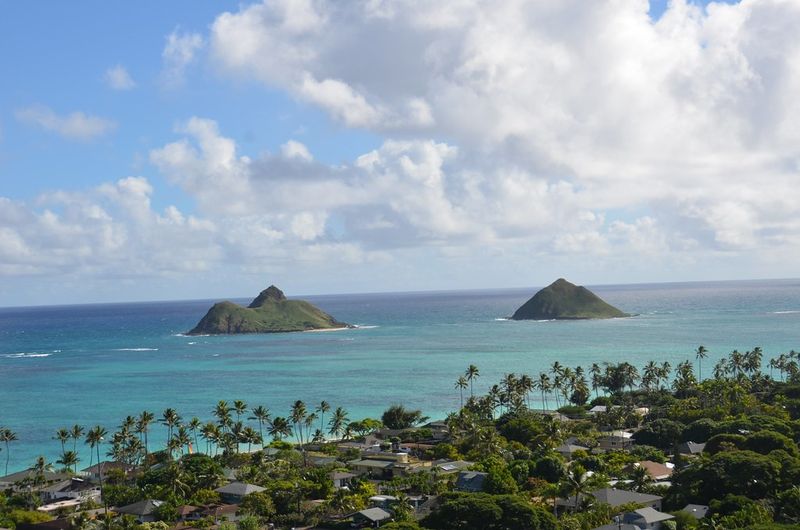Hawaii doesn’t have to drain your wallet to deliver those jaw-dropping moments you see in travel magazines. Many of the islands’ most spectacular views, pristine snorkeling spots, and waterfall hikes come with hefty entrance fees, parking charges, or reservation headaches. But here’s the secret: just down the road, you’ll often find equally stunning alternatives that won’t cost you a dime—or at least far less than the famous spots everyone flocks to.
1. Iconic Crater Views
Diamond Head has become synonymous with Oahu tourism, but the $5-per-person fee plus $10 parking and mandatory reservation system can add up fast for families. Koko Crater Railway Trail offers the same volcanic drama and sweeping coastal panoramas without the price tag or booking stress. Both trails climb former military installations, rewarding hikers with 360-degree views of Waikiki and the Koʻolau mountains.
Bring plenty of water, wear grippy shoes, and take breaks as needed. The views from the top rival Diamond Head’s famous crater rim, proving that sometimes the best things in Hawaii really are free.
Koko Crater’s challenge lies in its 1,048 railroad-tie steps—essentially a steep outdoor StairMaster bolted to the crater’s flank. The ascent is exposed and relentless, so early-morning starts are essential to avoid midday heat. Parking at Koko Head District Park is free, and you can tackle the trail at your own pace.
2. Bucket-List Snorkeling in Clear, Protected Water
Hanauma Bay’s reputation as Oahu’s snorkeling crown jewel comes with a $25 non-resident admission fee, mandatory orientation video, and online reservation requirements that can book up weeks in advance. Shark’s Cove, tucked into the North Shore’s Pūpūkea Marine Life Conservation District, delivers the same kaleidoscope of reef fish and lava-rock formations without charging a cent or requiring advance planning.
Both sites protect vibrant marine ecosystems, but Shark’s Cove operates on nature’s schedule. During summer months when the North Shore calms down, the cove becomes a snorkeler’s paradise with rocky tide pools and underwater caverns to explore. Winter swells, however, transform the area into a dangerous washing machine—always check surf forecasts before heading out.
There are no lifeguards at Shark’s Cove, so confident swimming skills are a must. Pack your own gear, arrive early for easier parking, and respect the conservation district rules to keep this free gem pristine for future visitors.
3. Waterfall Walk Close to Waikīkī
Waimea Valley Botanical Garden packages its waterfall experience with manicured gardens and cultural demonstrations, but admission fees can put a dent in your budget. Mānoa Falls Trail offers an equally enchanting rainforest walk ending at a 150-foot waterfall, and the trail itself costs nothing. Both hikes wind through verdant valleys where moss drips from trees and birdsong echoes overhead.
The Mānoa trail stretches roughly 1.6 miles round-trip, manageable for most families and casual hikers. Nearby parking lots typically charge around $7, which is still far cheaper than Waimea’s gate price. The path can get muddy and slippery, especially after rain, so closed-toe shoes with decent traction are your best friends here.
Swimming beneath the falls is prohibited due to leptospirosis bacteria in the water and the real danger of falling rocks from above. Simply standing in the misty amphitheater at the base, surrounded by jungle walls, delivers all the tropical magic you came for without the entrance fee.
4. Golden-Hour Skyline Without a Pricey Sunset Cruise
Sunset dinner cruises off Waikiki promise romance and champagne toasts, but tickets often start at $100 per person before you’ve ordered a single mai tai. Magic Island, the peninsula jutting from Ala Moana Regional Park, hands you the same postcard sunset—Honolulu’s skyline ablaze in gold, Diamond Head blushing pink, sailboats gliding past—all from solid ground and at exactly zero cost.
Locals have known this secret for decades. Families spread picnic blankets on the wide lawns while joggers circle the perimeter path and fishermen cast lines from the rocks. The park offers clean bathrooms, ample parking, and unobstructed western views that turn every clear evening into a natural light show.
Arrive about thirty minutes before sunset to claim your spot and watch the sky transform through shades of tangerine and lavender. Bring your own snacks and drinks, skip the cruise-ship crowds, and enjoy the same horizon from a vantage point that feels like your own private paradise.
5. Ridge-Top Pillbox Sunrise Without Lanikai Parking Headaches
Lanikai’s pillbox hike has flooded Instagram feeds for years, but the neighborhood’s parking nightmare has reached crisis levels—residential restrictions and periodic bans make even finding a legal spot nearly impossible. Puʻu Māʻeliʻeli, perched above Kāneʻohe Bay, offers the same World War II pillbox photo op with sweeping turquoise bay views and far fewer logistical headaches.
Both trails climb to historic military lookouts where you can frame sunrise shots through concrete bunker windows. At Puʻu Māʻeliʻeli, you’ll gaze over Kāneʻohe’s vast reef flats and the distant Koʻolau range instead of the Mokulua Islands, but the drama and color palette are equally stunning. The trail is free, and while parking requires some creativity—many hikers use nearby shopping center lots and walk to the trailhead—it’s still far less stressful than Lanikai’s one-way loop.
Arrive well before dawn to catch the sky igniting over the bay. The climb is moderately steep, so bring a headlamp and watch your footing in the dark.
Quick planning notes (so you don’t spend where you don’t have to)
- Reservations & fees change. Always confirm official pages for Diamond Head and Hanauma Bay before you go.
- Ocean safety first. Shark’s Cove is best in summer; winter North Shore surf is hazardous even for strong swimmers. (It’s within a state MLCD; no lifeguard.)
- Parking etiquette. Use legal lots (e.g., Koko Head District Park; Paradise Park by Mānoa Falls) and obey posted signs to avoid tickets/tows.
- Public beach access. Ko Olina’s lagoons are open to the public with limited sunrise-to-sunset parking—another calm-water, sunset-worthy option that’s free if you snag a spot.
